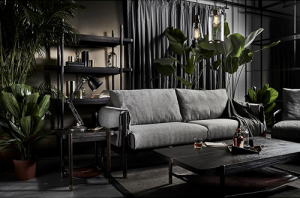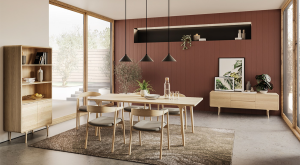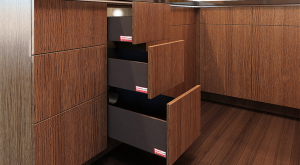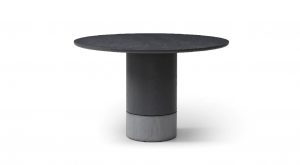Featured Post
DIY Furniture Projects Made Simple
Overview
Discover the joy of creating your own furniture with our easy-to-follow DIY projects. This guide will walk you through simple projects, offer tips on maintaining your tools for longevity, and help you choose the right tools for your DIY endeavors.
Introduction to DIY Furniture Projects
DIY furniture projects are a fantastic way to add a personal touch to your home while saving money. Whether you’re a beginner or an experienced DIYer, there’s a project out there for you. In this article, we’ll dive into simple projects that anyone can tackle, share practical tips on keeping your tools in great shape, and help you pick the best tools for the job. Let’s get started!
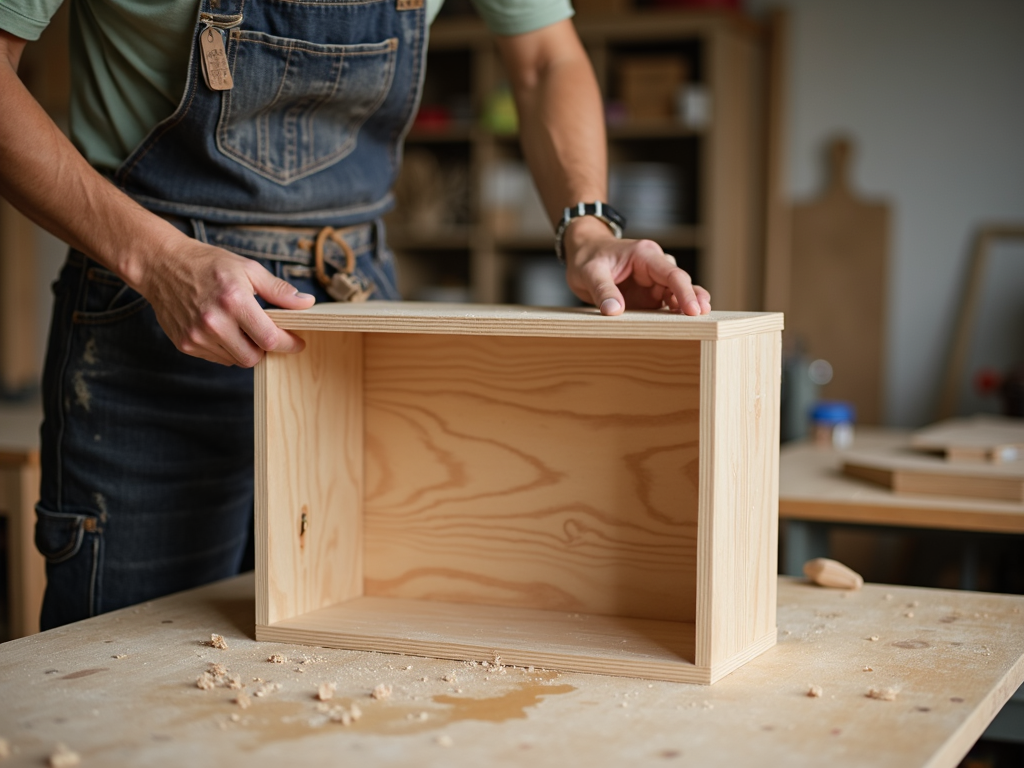
Here’s a detailed description of the image above: A person stands in a cozy workshop, piecing together a wooden cabinet. Sawdust covers the floor, and tools like a screwdriver and hammer rest nearby. The half-built cabinet shows real effort, with visible pencil marks and clamps holding pieces in place—an authentic snapshot of a DIY project in action.
Getting Started with DIY Furniture Projects
Starting a DIY furniture project doesn’t have to feel overwhelming. Pick something simple, like a small bookshelf or a coffee table. These projects use basic tools and materials you can find at any hardware store. I remember my first project—a wobbly side table that taught me patience. Start small, and you’ll build skills for bigger projects like cabinets or beds.
How to Choose the Right Tools for Your DIY Projects
Picking the right tools can make or break your project. Here’s a quick list of essentials:
- Hammer: Drives nails and helps with basic assembly.
- Screwdriver Set: Handles different screw sizes.
- Measuring Tape: Keeps your cuts accurate.
- Level: Makes sure everything’s straight.
- Saw: Cuts wood to size (a handsaw works for beginners).
- Drill: Drills holes and drives screws fast.
For bigger projects, add a sander or router. Choose tools that feel good in your hands and match your project’s size.
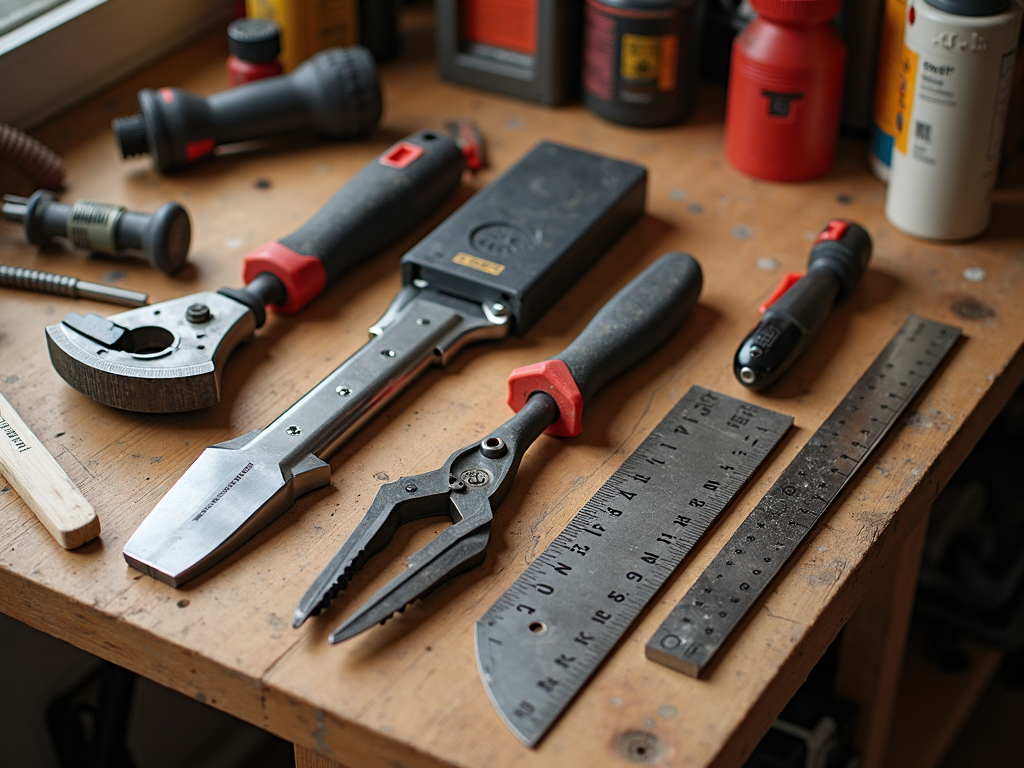
Here’s what this image shows: A workbench displays a neat row of tools—hammer, screwdrivers, a measuring tape, a level, and a saw. The tools are slightly worn, with scratches and paint flecks, proving they’ve been used on real projects. A piece of wood in the background hints at the next task.
How to Maintain Your Tools for Longevity
Taking care of your tools keeps them working well for years. Clean them after every use to remove dust. Store them in a dry place to avoid rust—I learned this the hard way when my saw got spotty after a damp winter. Sharpen blades regularly, oil moving parts, and check for damage. These steps save money and frustration. For more tips, see this tool maintenance guide from Purdue University.
Cabinet Furniture Assembly Tips
Building a cabinet can seem tricky, but it’s doable with the right steps. Read the instructions first—don’t skip this! Lay out all parts and hardware to check for missing pieces. Use a screwdriver and level to keep it sturdy. Go slow, and if it’s a big cabinet, grab a friend to help. These tricks made my last cabinet project a success.
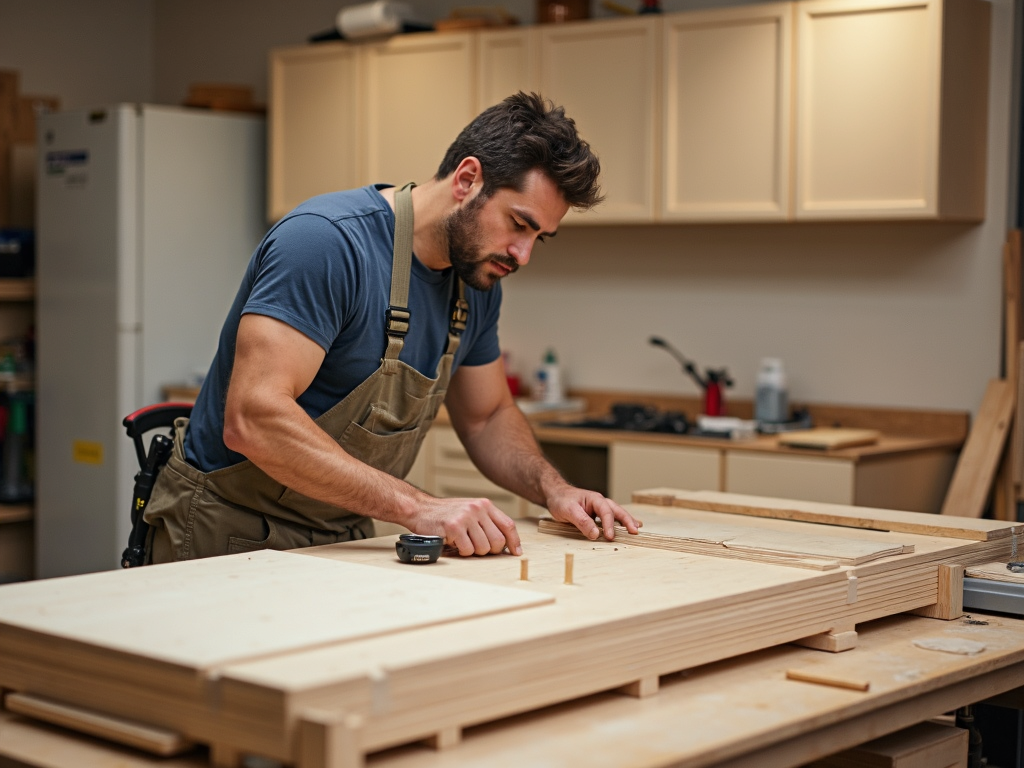
This image captures a real moment: A person kneels on a garage floor, sorting cabinet parts—shelves, screws, and panels. A crumpled instruction manual lies nearby, and a pencil rests on a piece of wood marked with measurements. It’s a messy, honest look at prepping for assembly.
Personal Insights from My DIY Journey
I’ve built plenty of furniture over the years, and each piece has a story. My first was a bench—uneven legs and all—but it sparked my love for DIY. A recent cabinet project tested my patience with tricky hinges, but finishing it felt amazing. Start with easy projects, learn from mistakes, and enjoy the process. That’s what keeps me going.
Overcoming Common DIY Challenges
Things don’t always go smoothly in DIY. Here’s how to handle common hiccups:
- Crooked Cuts: Measure twice, use a guide.
- Wobbly Joints: Add glue and clamp before screwing.
- Rough Edges: Sand until smooth.
- Wrong Screws: Check sizes first.
I once cut a shelf too short—lesson learned. Preparation fixes most problems.
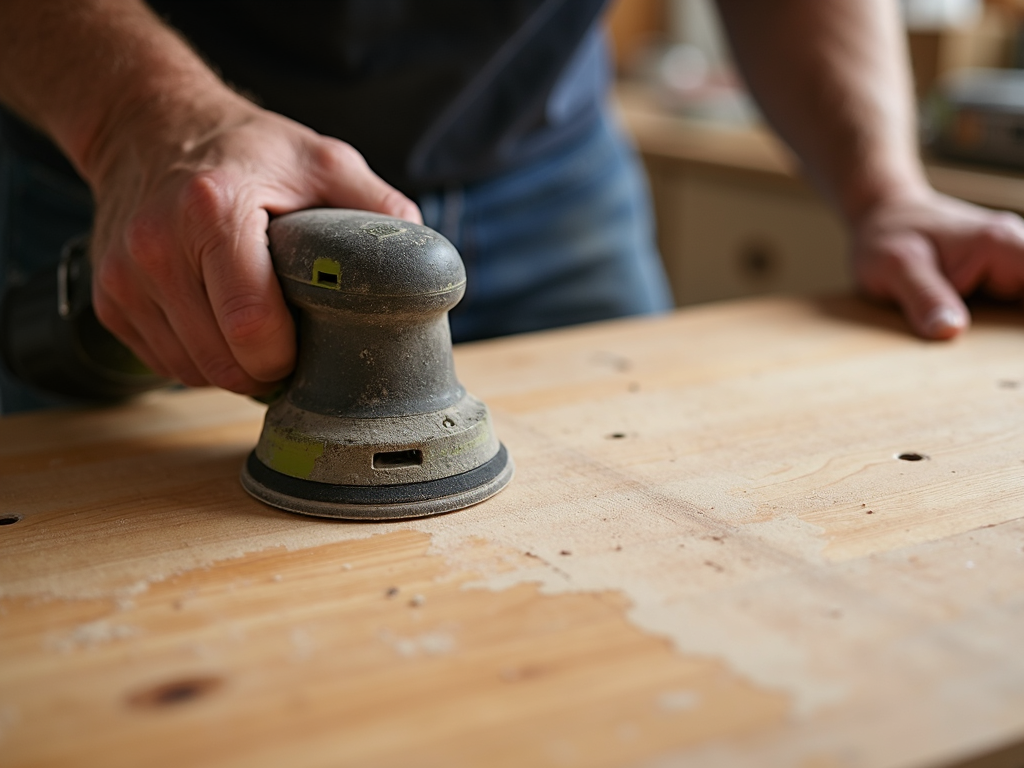
In this image, a person sands a wooden plank in a backyard shed. Dust flies as the sandpaper smooths out rough spots. The person’s focused grip and the worn sandpaper show real effort. A nearly finished table sits nearby, proving the work pays off.
Safety First in DIY Projects
Stay safe while you work. Wear goggles and gloves, especially with power tools. Keep your space airy if you’re painting or gluing. Sharp tools are safer than dull ones—trust me, I’ve had a close call. Always follow tool instructions. Check out OSHA’s safety tips for more advice.
Why DIY Furniture Projects Matter
Building your own furniture isn’t just about saving cash. It’s about pride in what you make. My coffee table isn’t perfect, but it’s mine. Plus, you’ll pick up skills—measuring, cutting, assembling—that help with future projects. It’s practical and fun.
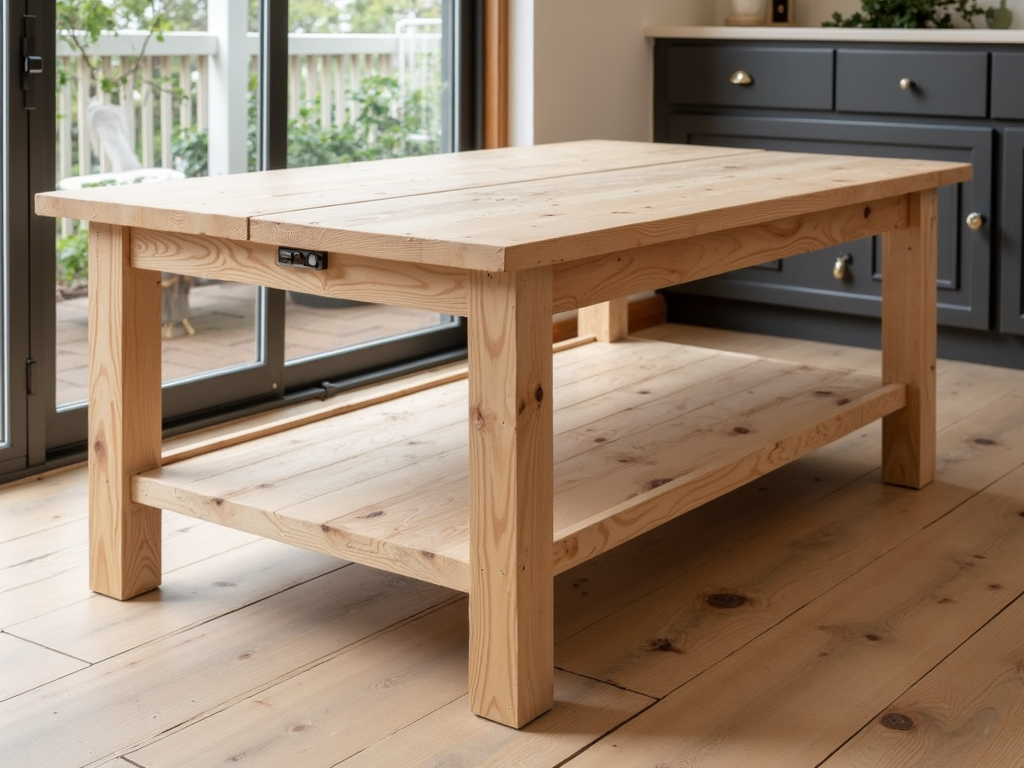
This final image shows a finished piece: A wooden shelf stands against a living room wall, holding books and plants. The wood’s natural grain shines through a light stain, and small imperfections—like a slightly uneven edge—add character. It’s a real, handmade creation.
Conclusion
DIY Furniture Projects Made Simple is all about starting small, caring for your tools, and picking the right ones for the job. You’ll create pieces you love while learning along the way. Take it slow, stay safe, and have fun building. Check out the recommended readings below for more inspiration!


